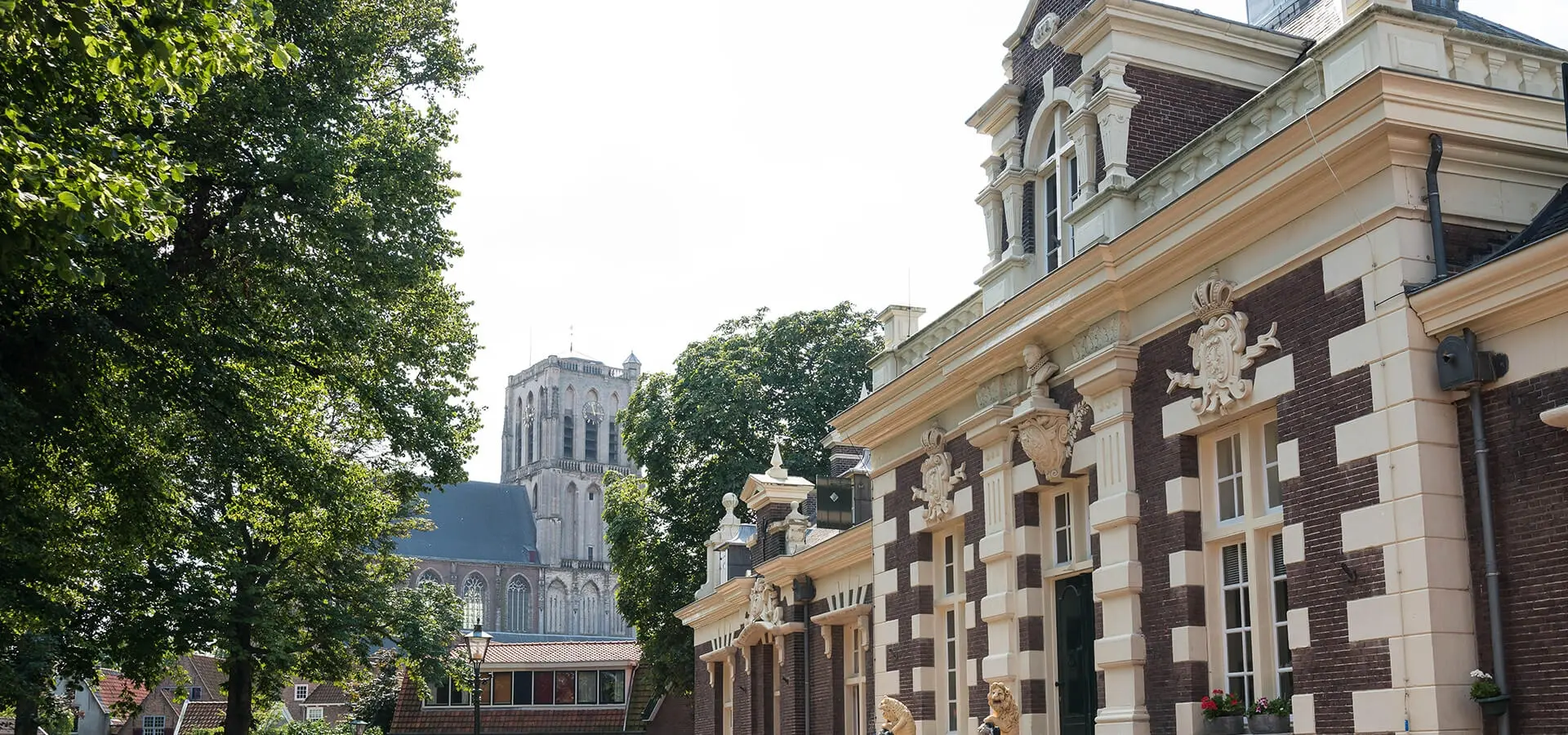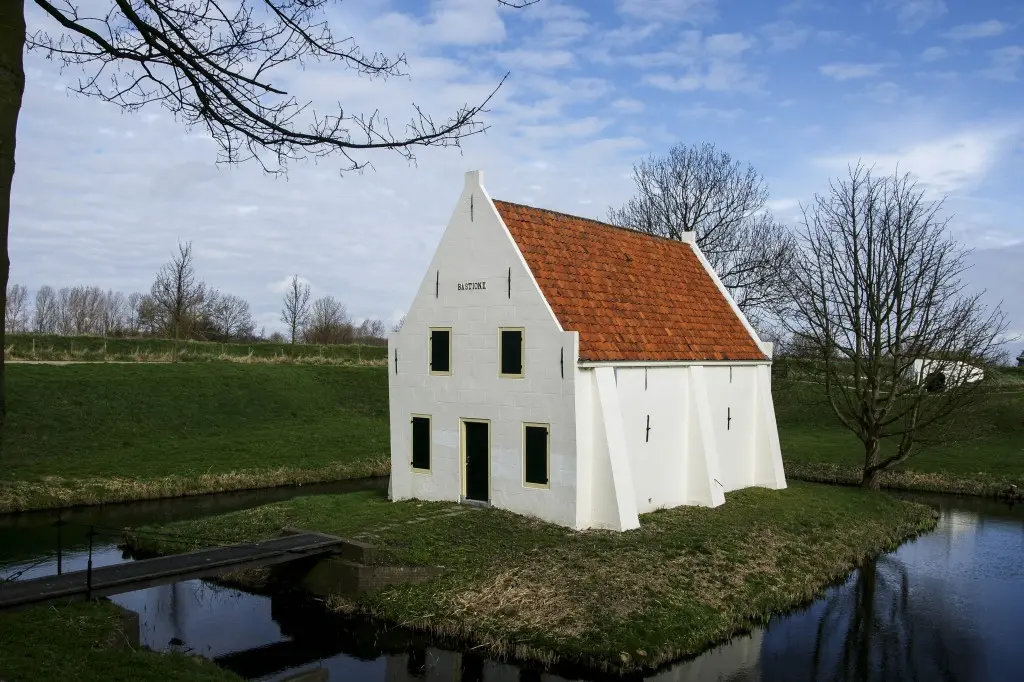Characteristic
Brielle is a fortress town. Its rich history is still clearly visible in this stronghold. Brielle has a place in the history books, because it was liberated from the Spaniards by the 'Watergeuzen' (Sea Beggars) on 1 April 1572.
The Sea Beggars were men from all parts of the Dutch population who had been forced to flee from the Spanish rule. They roamed the seas. In 1572, the English Queen Elizabeth I forbade the Sea Beggars to stay in English harbours any longer. They set sail for North Germany but had to change course because of a storm.







